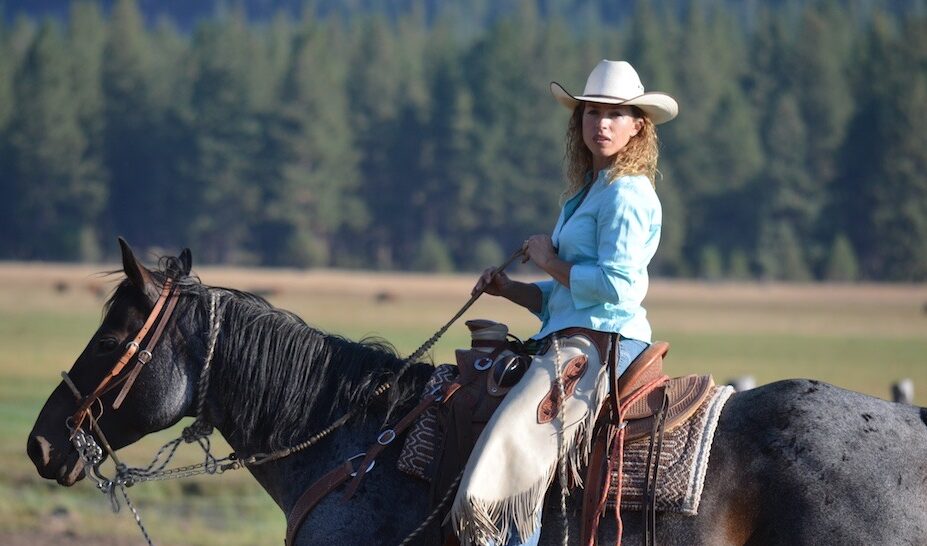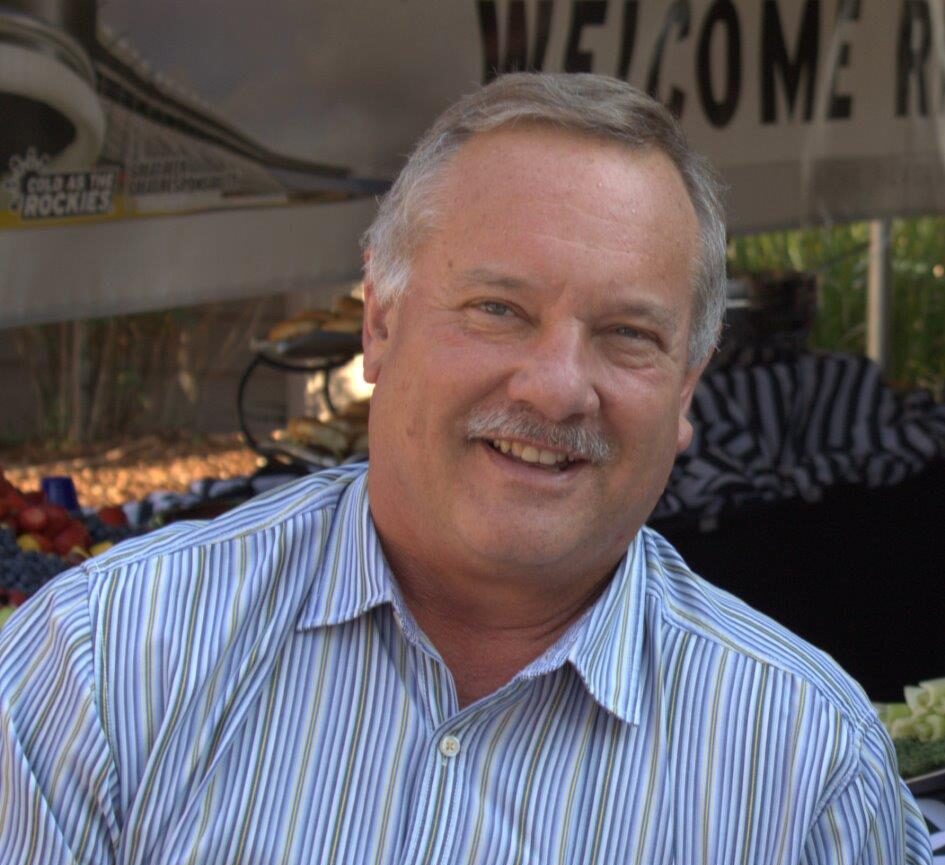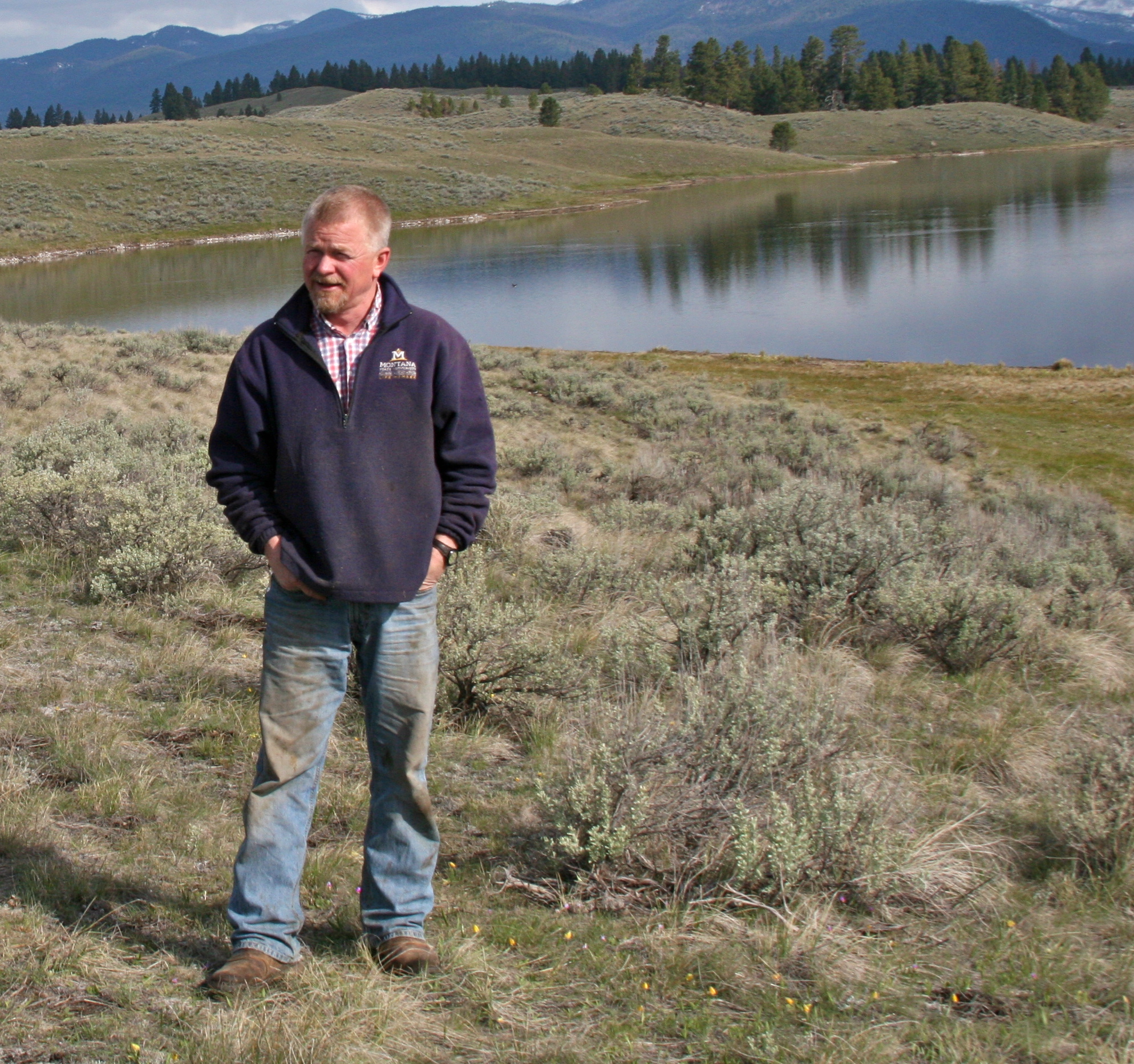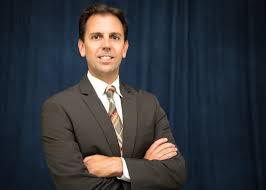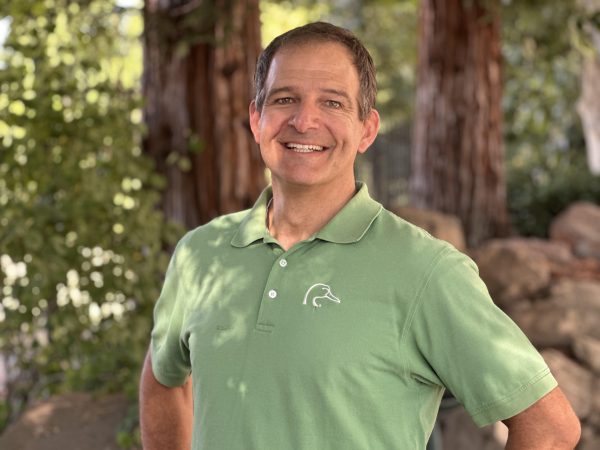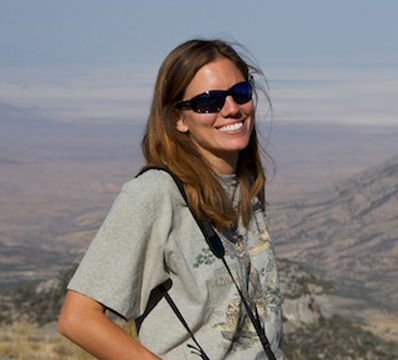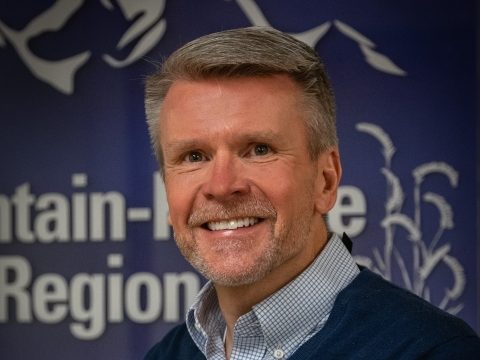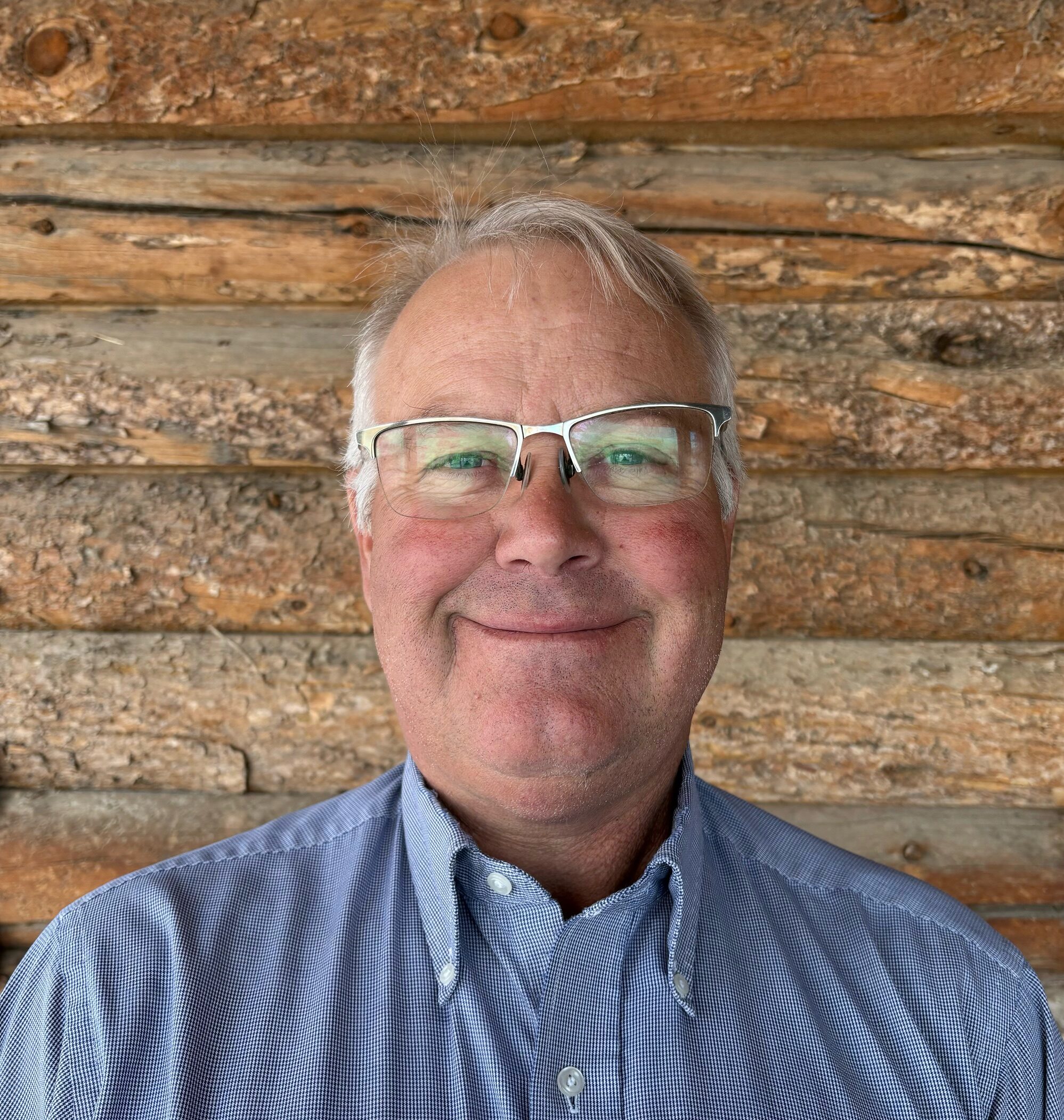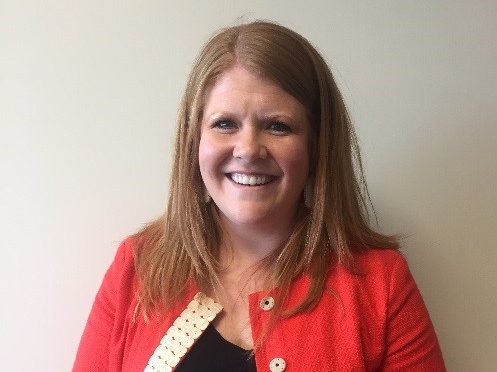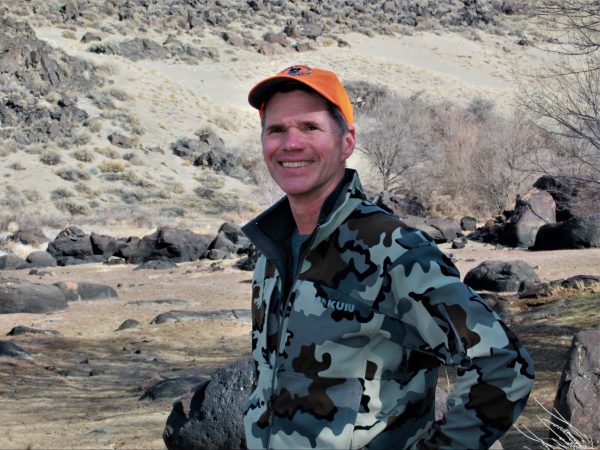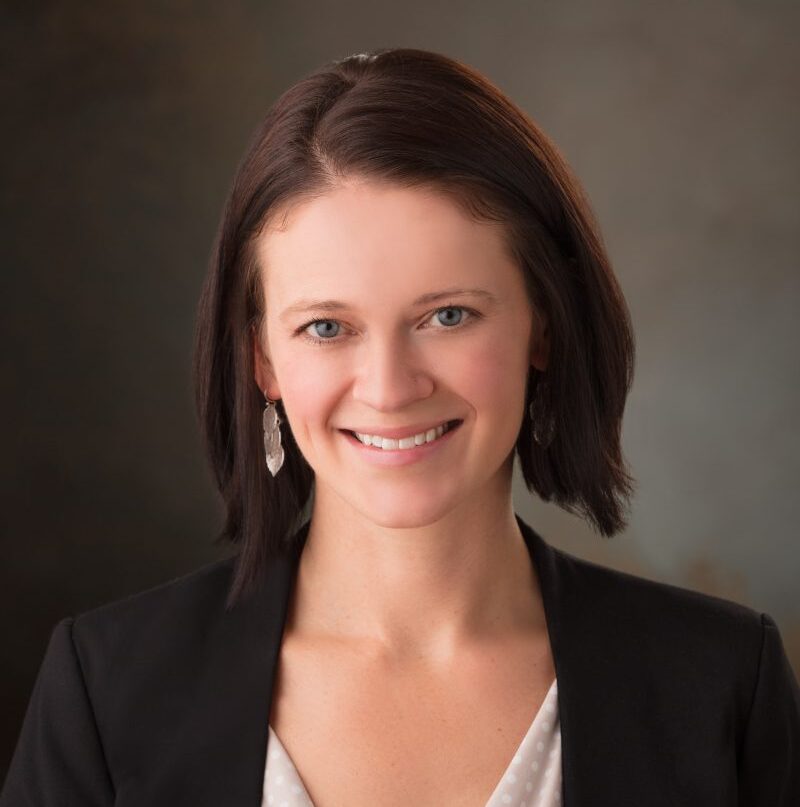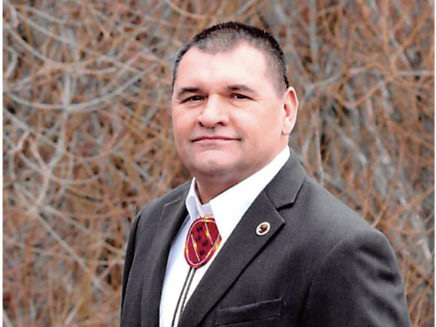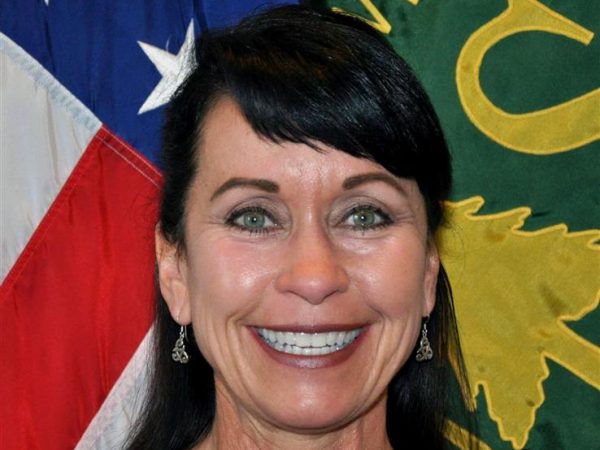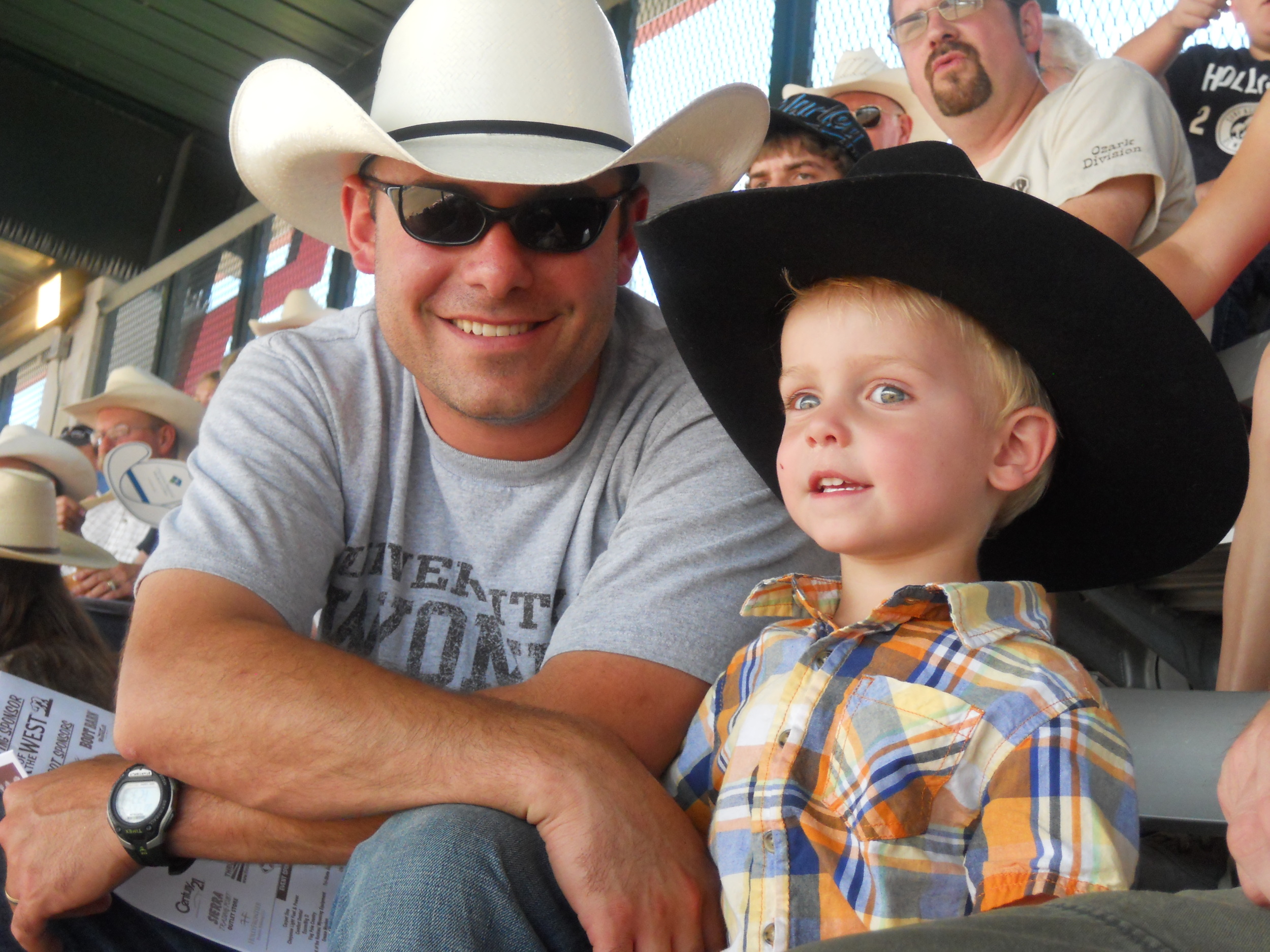management board
Leading with Passion for Partnerships
The IWJV is a self-directed partnership with shared priorities for conservation, governed by a Management Board composed of federal agencies, state fish and wildlife agencies, industry, nongovernmental organizations, private landowners, agricultural producers, and tribal representatives.
This ensures that varying perspectives have a seat at the table to seek common ground for lasting conservation.
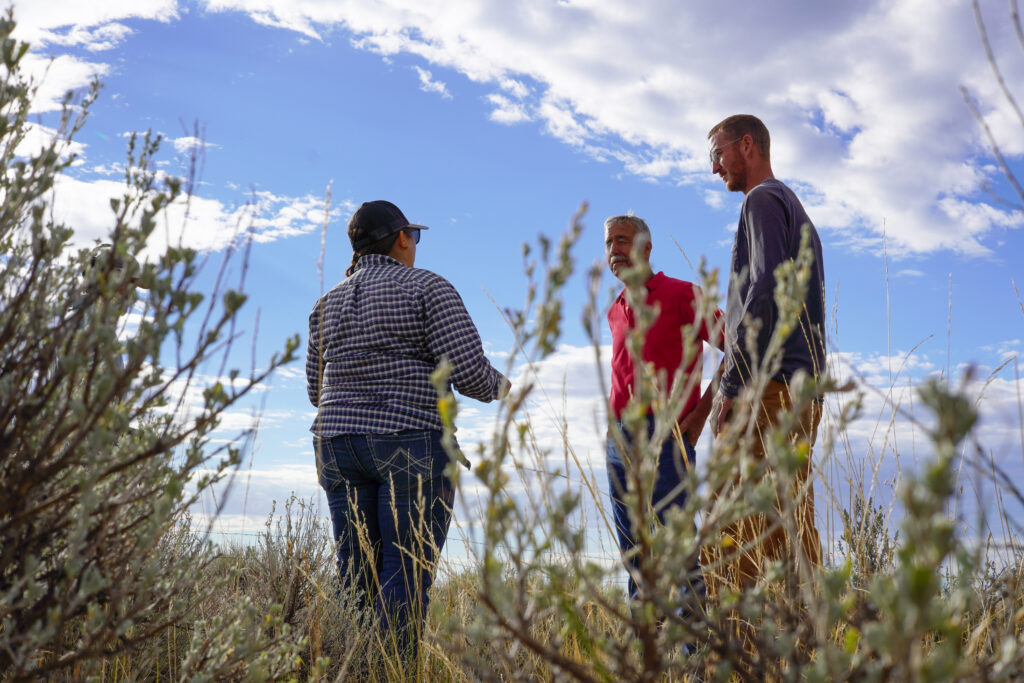
Learn About OUR MANAGEMENT BOARD
-
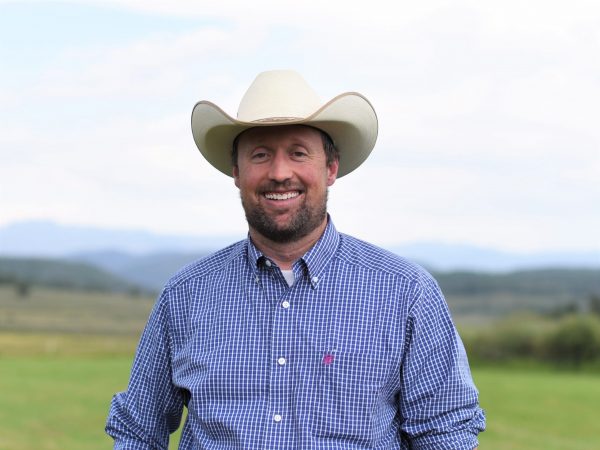
Erik Glenn
President, Partnership of Rangeland Trusts & Executive Director, Colorado Cattlemen’s Agricultural Land Trust
